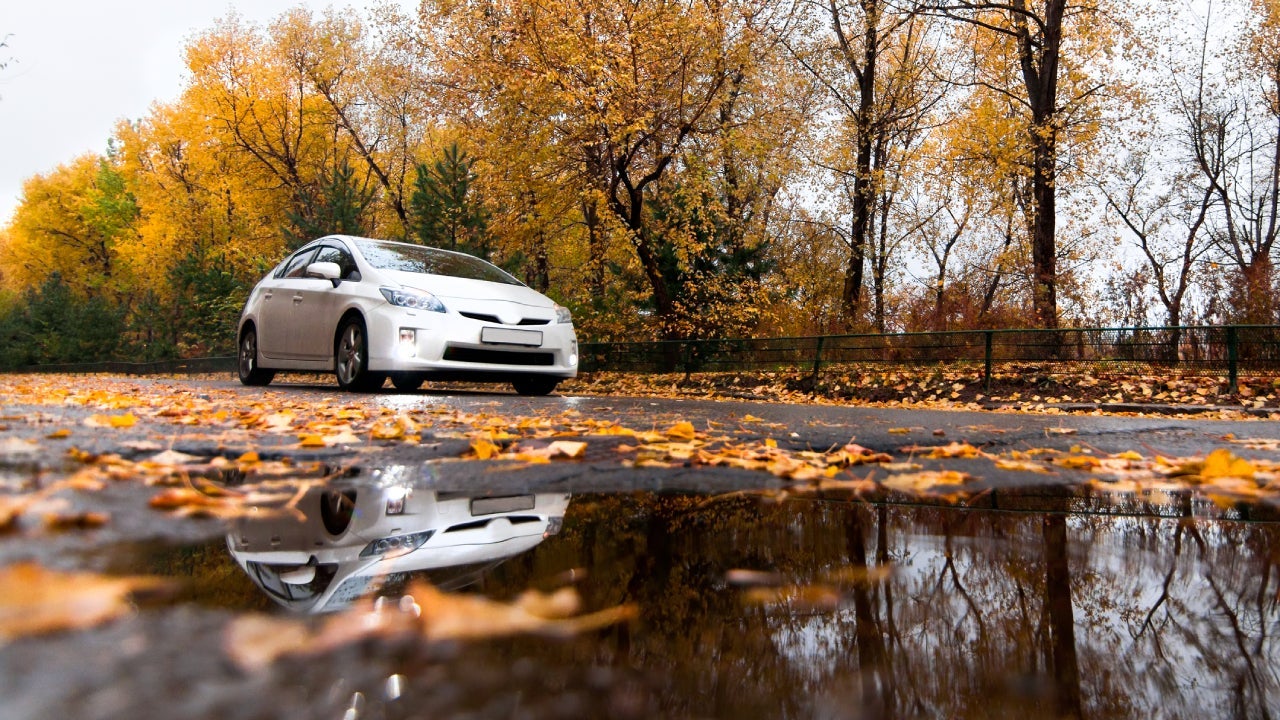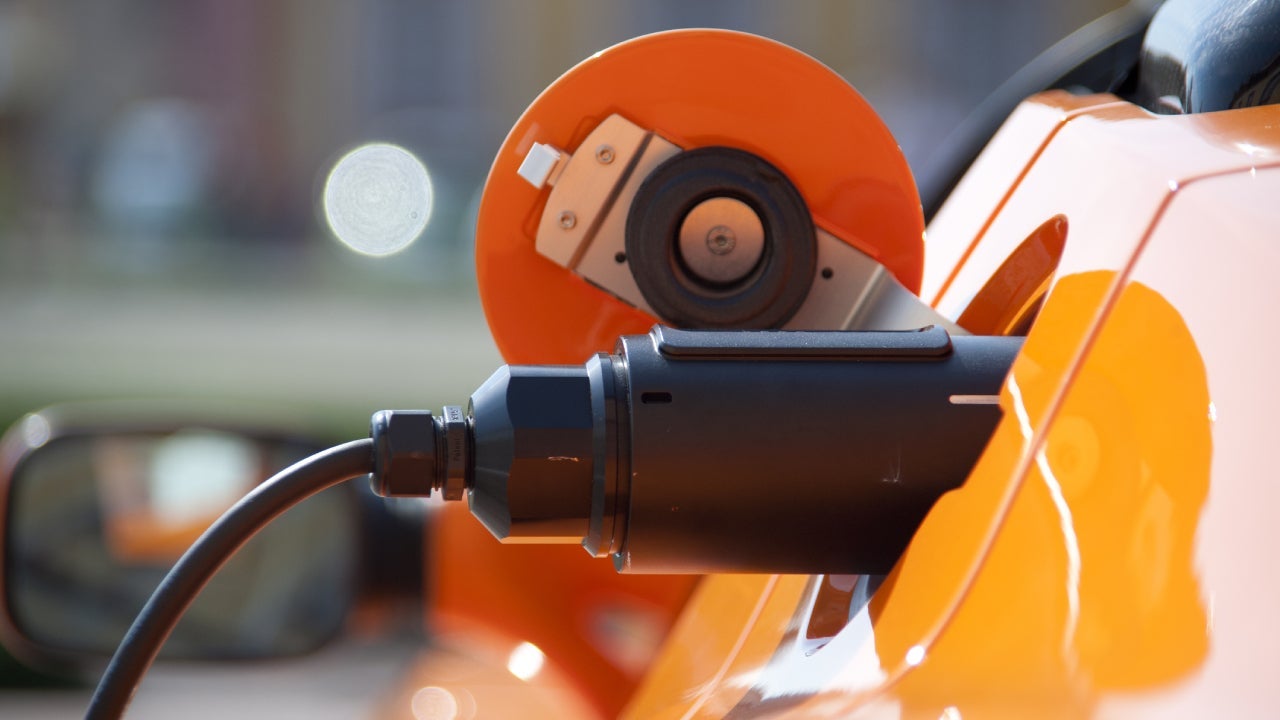
The cheapest cars to insure in 2025
Powered by Coverage.com (NPN: 19966249)
Coverage.com, LLC is a licensed insurance producer (NPN: 19966249). Coverage.com services are only available in states where it is licensed. Coverage.com may not offer insurance coverage in all states or scenarios. All insurance products are governed by the terms in the applicable insurance policy, and all related decisions (such as approval for coverage, premiums, commissions and fees) and policy obligations are the sole responsibility of the underwriting insurer. The information on this site does not modify any insurance policy terms in any way.
Key takeaways
- The Subaru Outback, Honda CR-V and Toyota Tacoma are some of the cheapest cars to insure out of the vehicles we reviewed.
- On average, SUVs and trucks are the cheapest vehicles to insure compared to sedans, minivans and sports cars.
- The Audi R8 Quattro is one of the most expensive vehicles to insure out of the vehicles assessed, with an average premium of $6,515 per year for full coverage.
The 10 cheapest cars to insure
If you feel like car insurance has become harder to budget for, you're not alone. Bankrate's annual True Cost of Auto Insurance Report found that Americans' auto premiums have gone up by an average of 12 percent in the last year, for a cumulative increase of 31 percent since 2023. While experts say that rate increases are slowing, they're not likely to go in reverse. In other words, your high premium may be the new normal.
But not all car insurance premiums are equally high. Among the factors that impact the cost of full coverage car insurance, your vehicle's make and model play a significant role, with cheaper and safer vehicles enjoying low rates in comparison to cars with a high sticker price, low safety ratings or other factors that increase the financial risk associated with driving.
Below, we showcase the 10 cheapest cars to insure based on our assessment of average rates for over 70 vehicle makes and models. For comparison, the national average cost of car insurance is $2,678 per year for full coverage. We’ve included the average full coverage premium, as well as the starting manufacturer's suggested retail price (MSRP), for each vehicle (remember that MSRP will vary based on the trim package and optional features).
|
|
|
|---|---|
|
Subaru Outback
|
Average annual full coverage premium
$2,208
|
|
Honda CR-V
|
Average annual full coverage premium
$2,245
|
|
Toyota Tacoma
|
Average annual full coverage premium
$2,352
|
|
Subaru Forester
|
Average annual full coverage premium
N/A
|
|
Honda Pilot
|
Average annual full coverage premium
$2,392
|
|
Ford Escape
|
Average annual full coverage premium
$2,398
|
|
Toyota RAV4
|
Average annual full coverage premium
$2,375
|
|
Honda Odyssey
|
Average annual full coverage premium
$2,408
|
|
Acura RDX
|
Average annual full coverage premium
$2,426
|
|
Average annual full coverage premium
$2,366
|
| Vehicle | Starting MSRP |
|---|---|
| Subaru Outback | $27,145 |
| Honda CR-V | $26,400 |
| Toyota Tacoma | $26,500 |
| Subaru Forester | $25,195 |
| Honda Pilot | $37,580 |
| Ford Escape | $25,555 |
| Toyota RAV4 | $26,525 |
| Honda Odyssey | $33,040 |
| Acura RDX | $29,330 |
| Jeep Wrangler | $29,725 |
Learn more: Car Insurance Rates by Make and Model
Cheapest cars to insure by vehicle type
Finding the cheapest cars for insurance is one thing, but it doesn’t take into account your specific needs. Maybe you have your heart set on a fuel-efficient car to reduce your carbon footprint, an SUV with room for mountain bikes and camping gear, or a truck to haul lumber for yard and home projects. Rest assured, while it may take a bit more research, you can find cheap car insurance no matter what type of vehicle you’re looking for. Below, you’ll find the cheapest vehicles to insure categorized by cars, SUVs and trucks.
Keep in mind, though, that “cheap” is a relative term. In addition to personal factors that may influence insurance costs, such as age, gender, location, credit score and driving record, each vehicle presents unique rating factors that can also affect insurance premiums, like the price of repairs and accident risk.
Cheapest cars to insure
|
|
|
|---|---|
|
Honda Civic
|
Average annual full coverage premium
$2,331
|
|
Mazda 3
|
Average annual full coverage premium
$2,362
|
|
Toyota Camry
|
Average annual full coverage premium
$2,388
|
|
Kia Forte
|
Average annual full coverage premium
$2,425
|
|
Toyota Prius
|
Average annual full coverage premium
$2,448
|
|
Nissan Altima
|
Average annual full coverage premium
$2,568
|
| Vehicle | Starting MSRP |
|---|---|
| Honda Civic | $22,350 |
| Mazda 3 | $20,800 |
| Toyota Camry | $25,395 |
| Kia Forte | $19,090 |
| Toyota Prius | $24,625 |
| Nissan Altima | $24,550 |
Cheapest SUVs to insure
|
|
|
|---|---|
|
Subaru Outback
|
Average annual full coverage premium
$1,903
|
|
Honda CR-V
|
Average annual full coverage premium
$1,946
|
|
Subaru Forester
|
Average annual full coverage premium
$2,043
|
|
Honda Pilot
|
Average annual full coverage premium
$2,046
|
|
Ford Escape
|
Average annual full coverage premium
$2,052
|
| Vehicle | Starting MSRP |
|---|---|
| Subaru Outback | $27,145 |
| Honda CR-V | $26,400 |
| Subaru Forester | $25,195 |
| Honda Pilot | $37,580 |
| Ford Escape | $25,555 |
Cheapest trucks to insure
|
|
|
|---|---|
|
Toyota Tacoma
|
Average annual full coverage premium
$2,088
|
|
GMC Sierra
|
Average annual full coverage premium
$2,179
|
|
Chevrolet Silverado 1500
|
Average annual full coverage premium
$2,237
|
|
Ford F-150
|
Average annual full coverage premium
$2,253
|
|
Toyota Tundra
|
Average annual full coverage premium
$2,451
|
| Vehicle | Starting MSRP |
|---|---|
| Toyota Tacoma | $26,500 |
| GMC Sierra | $34,600 |
| Chevrolet Silverado 1500 | $31,500 |
| Ford F-150 | $29,640 |
| Toyota Tundra | $35,950 |
Powered by Coverage.com (NPN: 19966249)
Coverage.com, LLC is a licensed insurance producer (NPN: 19966249). Coverage.com services are only available in states where it is licensed. Coverage.com may not offer insurance coverage in all states or scenarios. All insurance products are governed by the terms in the applicable insurance policy, and all related decisions (such as approval for coverage, premiums, commissions and fees) and policy obligations are the sole responsibility of the underwriting insurer. The information on this site does not modify any insurance policy terms in any way.
Compare auto insurance rates
Powered by Coverage.com (NPN: 19966249)
Coverage.com, LLC is a licensed insurance producer (NPN: 19966249). Coverage.com services are only available in states where it is licensed. Coverage.com may not offer insurance coverage in all states or scenarios. All insurance products are governed by the terms in the applicable insurance policy, and all related decisions (such as approval for coverage, premiums, commissions and fees) and policy obligations are the sole responsibility of the underwriting insurer. The information on this site does not modify any insurance policy terms in any way.
What makes a vehicle expensive to insure?
The cost of insuring any vehicle depends on how much it's likely to cost your insurance company. When an insurance company looks at your vehicle, they're trying to estimate two factors: how likely you are to file a claim while driving that car, and how costly the potential claim could be. Your car insurance rates will reflect the amount of risk the insurer has decided your vehicle carries.
Some attributes of a vehicle that can affect the premium are:
- Age: The older the car, the cheaper it might be to insure compared to newer models due to a lower repair or replacement cost. However, older cars also tend to lack updated safety features, which can lower premiums on the cars that have them.
- Size: Bigger, heavier vehicles like mid- and full-size trucks or SUVs may be more capable of causing more damage on the road, but they're also less likely to sustain serious damage and offer greater protection to occupants, which is why it often costs less to insure an SUV than a sedan — even if the SUV is worth more.
- Trim level: Upgraded features in a vehicle affect the cost of repairs. Not only do the individual components of your car's safety or technology systems need to be repaired, they may require additional calibration, which adds to the labor hours required and the overall cost of claims.
- Safety features: Vehicles with safety features that reduce the risk of an accident, like blind-spot monitors, are often associated with cheaper insurance premiums.
- Security features: Anti-theft systems and other security features can decrease the odds that a vehicle will be stolen, which may qualify you for discounted premiums.
- High-end or luxury cars: The overall cost of these vehicles is higher than standard vehicles, so the expensive repair or replacement costs tend to drive up insurance rates.
- Cars with specialty parts: It can be hard to obtain specialty parts to repair an imported or customized car after an accident, so they can be more expensive to insure.
- Vehicles with low safety ratings: These vehicles may be more likely to be involved in accidents, and those accidents may be more severe, leading to a higher claim payout. The higher risk leads to a higher rate.
Car insurance rates are complex, as each company values the above attributes differently. The only way to know how much you’ll pay for a given car is to request and compare quotes from a few companies before purchasing an insurance policy.
Vehicles with more expensive car insurance
If you’re in the market for a new or used vehicle and are specifically looking for something with cheap car insurance rates, there are certain makes and models you may want to avoid. We’ve listed out the five most expensive vehicles to insure, based on our research, below.
However, keep in mind that while a vehicle’s make and model does affect rates, insurance companies use many other factors when determining premiums. The best way to know how much your vehicle will cost to insure is to get multiple quotes.
|
|
|
|---|---|
|
Audi R8 Quattro Performance
|
Average annual full coverage premium
$6,120
|
|
Tesla Model S Plaid
|
Average annual full coverage premium
$5,566
|
|
Tesla Model X
|
Average annual full coverage premium
$4,595
|
|
Average annual full coverage premium
$4,420
|
|
|
Lexus RC F
|
Average annual full coverage premium
$3,960
|
| Vehicle | Starting MSRP |
|---|---|
| Audi R8 Quattro Performance | $148,700 |
| Tesla Model S Plaid | $104,490 |
| Tesla Model X | $98,940 |
| Dodge Charger | $31,350 |
| Lexus RC F | $42,440 |
How much should insurance cost factor into my vehicle purchase?
When buying a new car, insurance may not be the first factor on your mind. You'll also need to consider the type of car you're interested in, the size of the down payment you can make and your potential loan payments (if you're financing your purchase).
But as you're evaluating your options, don't let the cost of insurance stray too far from your attention. Bankrate's Hidden Cost of Car Ownership Study found that insurance makes up the biggest part of the ongoing cost of car ownership — that is, the bills you're stuck with for the life of the car after you leave the dealership. Keep the following in mind as you shop:
- The average monthly car loan payment for new vehicles is $742, according to Experian's Q4 2024 data.
- The average monthly cost of full coverage insurance is $223.
- Additional ownership costs, such as fuel, taxes, repair and maintenance, can vary considerably based on vehicle and location.
Buying a car isn’t just about the sticker price. Auto insurance costs can add thousands of dollars to your household budget, and getting locked into an unaffordable insurance payment for several years could put you in a difficult situation. To avoid turning your dream car into a financial nightmare, get a quote for the exact vehicle you intend to purchase before signing on the dotted line.Shannon Martin, Bankrate insurance analyst
Methodology
Bankrate utilizes Quadrant Information Services to analyze March 2025 rates for ZIP codes and carriers in all 50 states and Washington, D.C. Rates are weighted based on the population density in each geographic region. Quoted rates are based on a single, 40-year-old male and female driver with a clean driving record, good credit and the following full coverage limits:
- $100,000 bodily injury liability per person
- $300,000 bodily injury liability per accident
- $50,000 property damage liability per accident
- $100,000 uninsured motorist bodily injury per person
- $300,000 uninsured motorist bodily injury per accident
- $500 collision deductible
- $500 comprehensive deductible
To determine minimum coverage limits, Bankrate used minimum coverage that meets each state’s requirements. Our base profile drivers own a 2023 Toyota Camry, commute five days a week and drive 12,000 miles annually.
These are sample rates and should only be used for comparative purposes.
Vehicle Types: To determine cost by vehicle type, we evaluated our base profile with the following vehicles applied: Acura RDX, Audi A4 Quattro Premium, Audi A6 Quattro Premium, Audi Q5, Audi Q7 Quattro Premium, Audi R8 Quattro Performance, BMW 330i, BMW i3, BMW i4, Buick Enclave, Cadillac Escalade, Chevrolet Bolt, Chevrolet Corvette, Chevrolet Silverado, Chrysler Pacifica, Dodge Challenger, Dodge Charger, Ford Escape, Ford F-150, Ford F-150 Lightning, Ford Mustang GT, Ford Mustang Mach-E, GMC Sierra 1500, Honda CIvic, Honda CR-V, Honda Odyssey, Honda Pilot, Hyundai Accent, Hyundai Ioniq 5, Infiniti Q50 Luxe, Infiniti Q0 Luxe, Infiniti QX55 Luxe, Infiniti QX80 Luxe, Jaguar I Pace, Jaguar XF, Jeep Cherokee, Jeep Grand Cherokee, Jeep Wrangler, Kia Carnival, Kia EV6, Kia Forte, Kia Sorento, Kia Sportage, Land Rover Range Rover, Lexus RC F, Mazda 3, Mazda Miata, Mercedes C300, Mini Cooper Countryman, Nissan Altima, Nissan Leaf, Nissan Rogue, Nissan Titan, Porsche 718 Boxster, Porsche 718 Cayman, Porsche Cayenne, Ram 1500, Rivian R1S, Subaru Forester, Subaru Outback, Tesla Model 3, Tesla Model S Plaid, Tesla Model X, Tesla Model Y, Toyota Camry (base), Toyota Prius, Toyota RAV4, Toyota Sienna, Toyota Tacoma, Toyota Tundra and Volkswagen ID.4.
MSRP: MSRP data is for 2022 base models and is sourced from Kelley Blue Book. The MSRPs are accurate as of February 2023.


